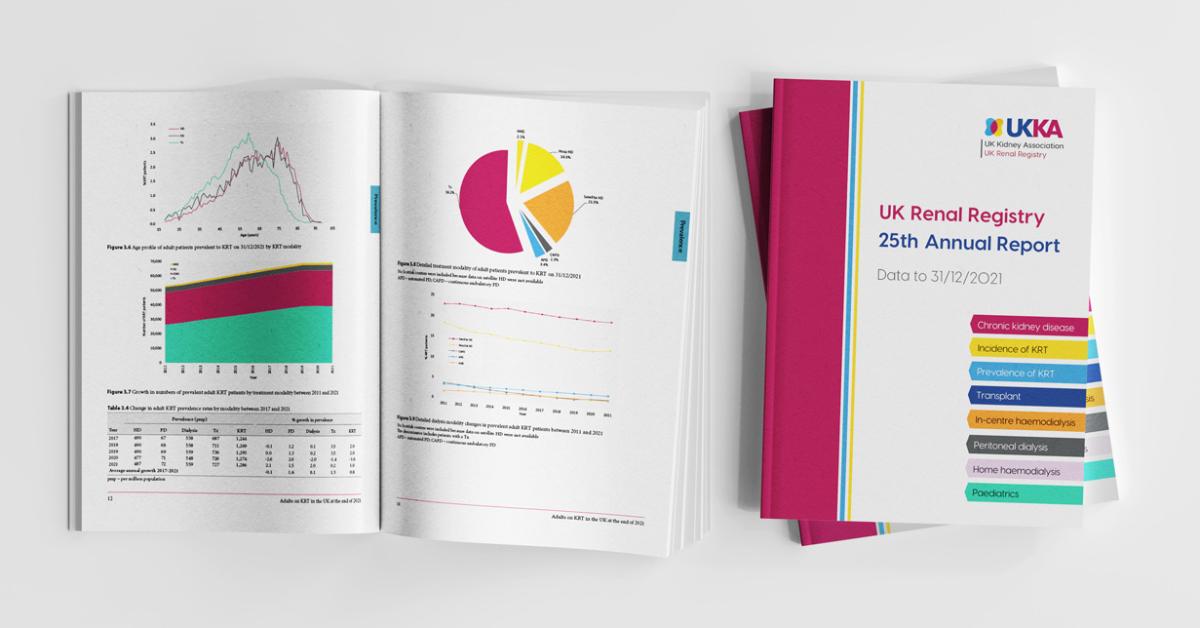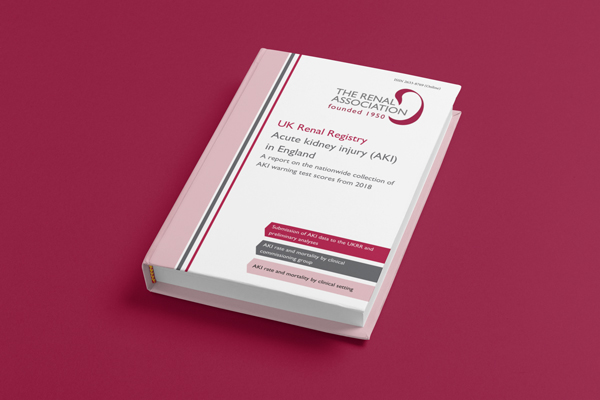GFR is Glomerular Filtration Rate and it is a key indicator of renal function. eGFR is estimated GFR and is a mathematically derived entity based on a patient’s serum creatinine level, age, sex and race. This is usually calculated by the laboratory analysing the blood sample and reported along with the serum creatinine result. A number of recognised and well-validated formulae have been used for this purpose including the MDRD and CKD-EPI equations. “Normal” GFR is usually >90 ml/min/1.73m2. (Note the correction for body surface area “per 1.73m2” which is important for certain patient groups, e.g. amputees, extremes of body habitus.) It is best to follow the locally calculated eGFR if possible although one can be calculated using an eGFR calculator.
If you already know the eGFR, you can click below for information on different eGFR levels:
About CKD stages |
eGFR>60 CKD stages G1 and G2 |
eGFR 30-59 CKD stage G3 |
eGFR<30 CKD stages G4+G5 |
It is important to bear in mind the following pitfalls and cautions when interpreting the eGFR:
- It is only an estimate of kidney function and a significant error is possible. The eGFR is most likely to be inaccurate in people at extremes of body type e.g. patients with limb amputations, severely malnourished and morbidly obese individuals
- Confidence intervals: The 90% confidence intervals are quite wide, e.g. 90% of patients will have a true GFR within 30% of their estimated GFR and 98% have measured values within 50% of the estimated value. For an individual patient, however, serial values will be much more consistent than this just as creatinine values are – e.g. a 20% fall in a patient’s eGFR is certain to reflect an important change.
- Look at the trend in eGFR – Identifying trends in eGFR is often more informative than one-off readings. i.e. a progressive fall in eGFR across serial measurements is more concerning than stable readings which don’t change over time.
- Race: There is increasing concern that the adjustment for ethnicity does not reflect the wide diversity within individuals of black ethnicity, with the adjustment based on outdated and unfounded biological assumptions for differences between ethnic groups at the expense of better understanding of social and ancestral determinants. In the 2021 NICE chronic kidney disease (CKD) guideline the recommendation to adjust for ethnicity, present in the 2014 version, has been removed. On review of the evidence, NICE agree that adjusting for ethnicity when calculating eGFR may not be valid or accurate. The UKKA supports NICE and recommends that the adjustment for black ethnicity for eGFR be removed from UK practice. Further evidence is needed and there is concern by professionals and patients that adjustment may be a source of inaccuracy and potential inequity.
- Not so good near normal: The equations used for estimating eGFR tend to underestimate normal or near-normal function therefore slightly low values (i.e. around the 60 ml/min/1.73m2 CKD “cut-off” level) should not be over-interpreted. In this situation repeat testing, looking for a progressive decline in renal function over time, or measurement of cystatin C (a different biomarker of kidney function) may be useful. Additional indicators or renal disease should also be sought in these patients – e.g. urinalysis looking for blood and protein, positive family history of renal disease etc… Routine reporting of eGFR values >90 is not recommended and many labs are now reporting all values over 60 as >60. Note, however, that a significant (e.g. 20%) rise in creatinine while eGFR is >60 may still be important as it will usually reflect a real change in GFR.
- Values can differ between laboratories. Creatinine measurements can differ significantly between laboratories depending on the methods used to measure it. Furthermore, different laboratories may use a different formula to calculate the eGFR further complicating comparison of eGFR measurements obtained from different laboratories.
- Creatinine level must be stable: eGFR calculations assume that the level of creatinine in the blood is stable over days or longer i.e. steady-state; they are not valid if it is changing. It is therefore not valid in patients with acute kidney injury or in patients receiving dialysis, for example.
- Age: MDRD and CKD-EPI equations are not valid for individuals under 18 years of age.
Patient information
The level of creatinine in the blood is a useful guide to kidney function or the glomerular filtration rate (GFR). (The terms kidney function and GFR should largely be considered as interchangeable.) Formulas which combine the serum creatinine level with other information about a patient such as their age, sex and race, can provide a more accurate measure of kidney function which is termed the estimated GFR or eGFR. The eGFR is usually calculated and reported by the laboratory measuring the creatinine level. If not, it can be calculated using an online eGFR calculator.
“Normal” GFR is approximately 100 but you will often see it reported as >90 (“greater than 90”) or >60 (“greater than 60”). It is for this reason that patients (and some doctors) sometimes quote the eGFR as a percentage of normal kidney function. Whilst not factually correct, it does help to make the numbers easier to understand.
Kidney damage is graded into 5 stages based on the eGFR – see stages of CKD. This staging system is useful when planning management and follow up.



